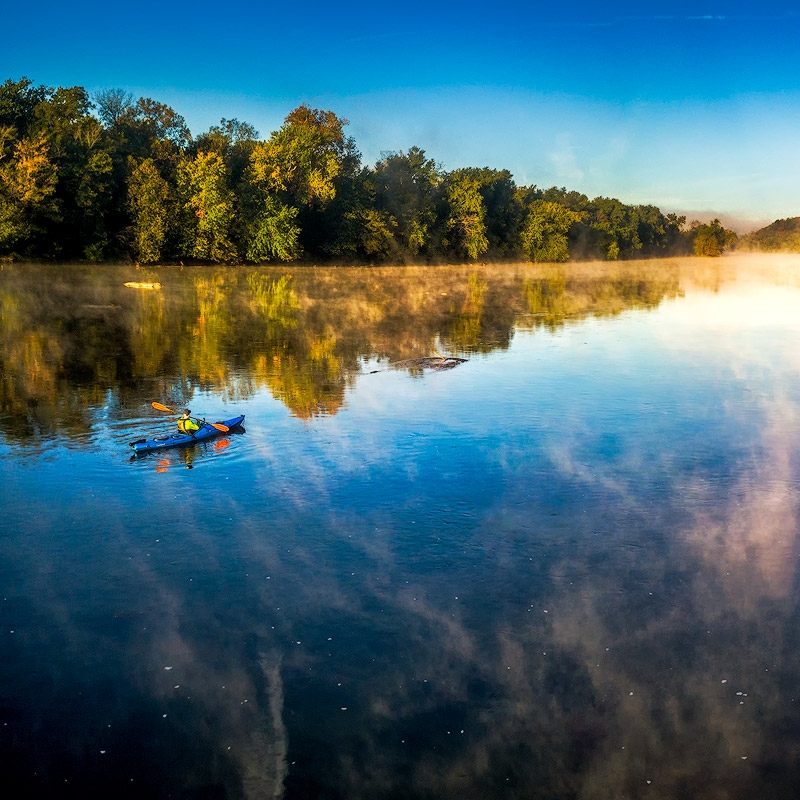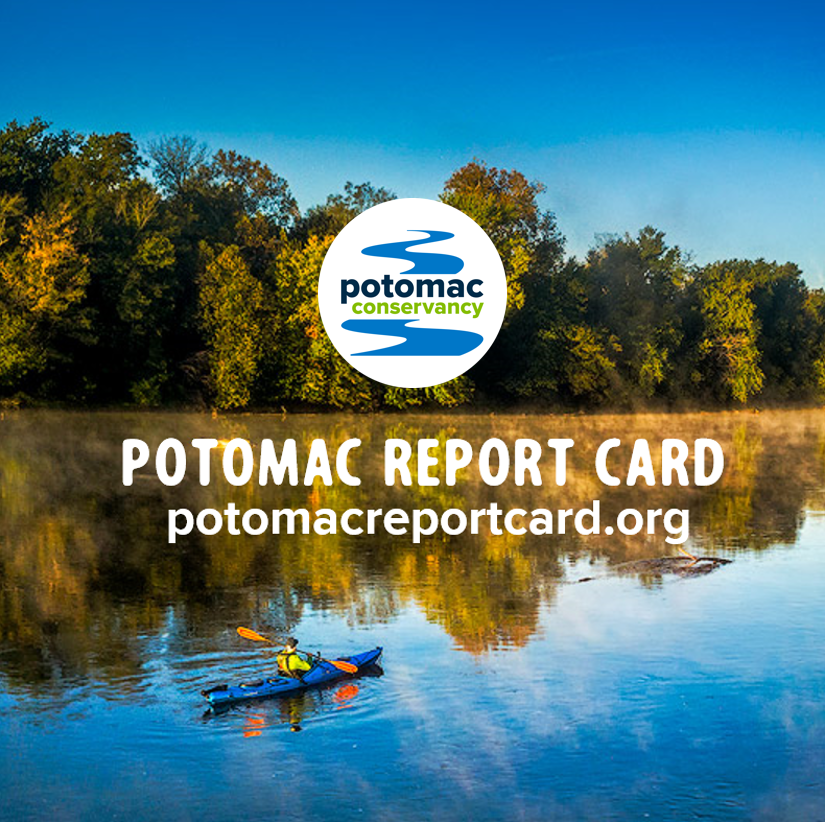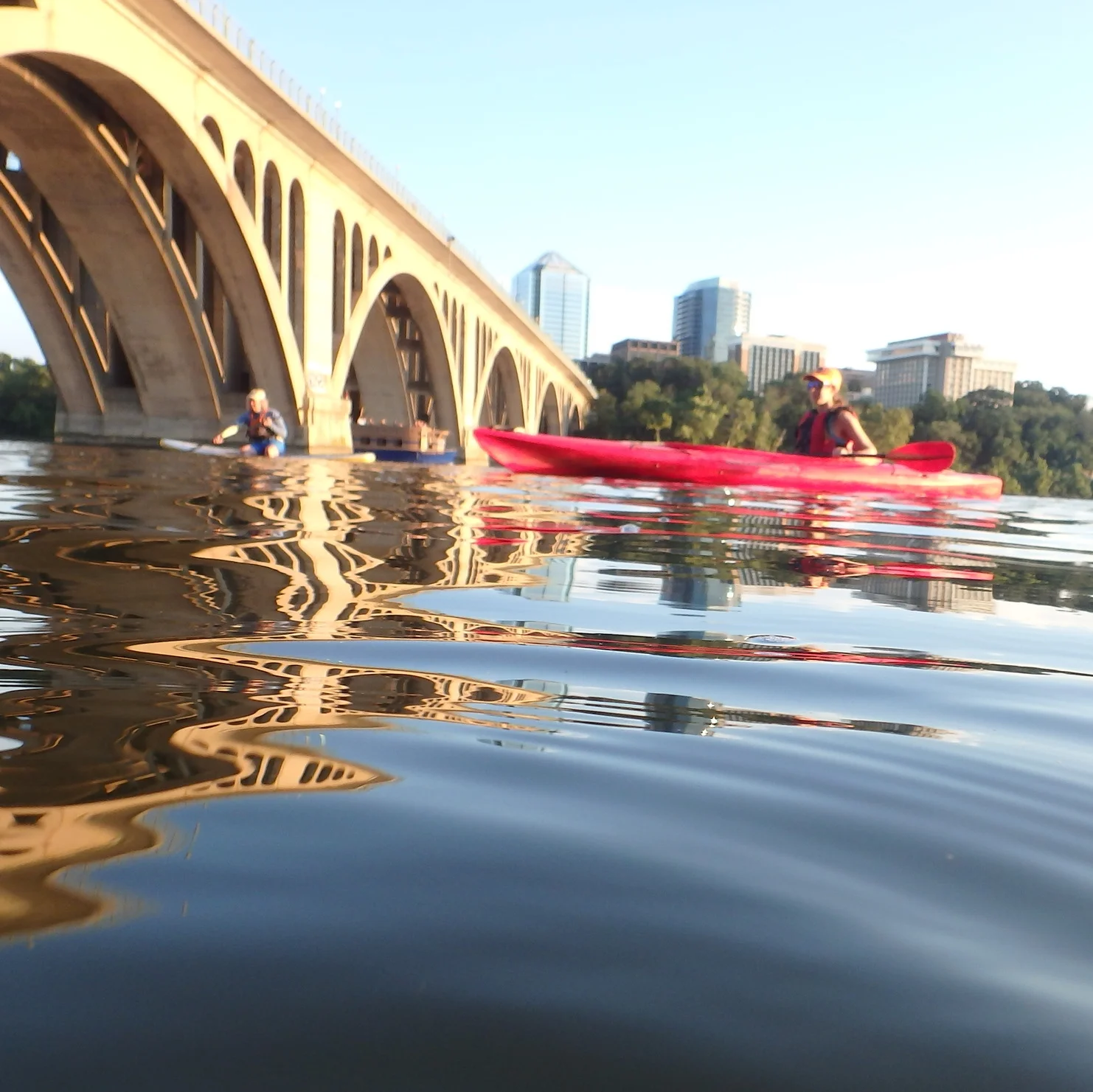Report gives the Anacostia River its first ever passing grade
/Underwater grass growth and decreasing pollution boosted this year's score
Kayaks on the Anacostia River near Kingman Island in Washington, D.C., Photo by Will Parson/Chesapeake Bay Program
Bringing home a report card with a D might not seem like an accomplishment, but for the Anacostia River, it's something to celebrate.
In June, our friends at the Anacostia Watershed Society released their latest State of the Anacostia River Report, an assessment of the Anacostia's overall health and progress.
For the first time, the Anacostia River earned a passing grade!
The return of underwater grasses, which provide crucial habitat and food for aquatic animals, along with decreasing pollution levels, helped boost the river's score from an F to a D in this year's report.
The Anacostia River's progress is good news for the Potomac River. The waters of the Anacostia flow through Washington, DC, and continue downstream past Navy Yard and Nationals Stadium before meeting the Potomac River at Hains Point. A clean, healthy Anacostia River will benefit local communities as well as the five million residents who depend on the Potomac River as a clean source of drinking water.
There’s reason to believe next year’s grade will be even higher
"With the DC Water’s Anacostia River Tunnel Project coming online in 2018 and sustained leadership by elected officials in the District and Maryland, we are confident we can sustain this rate of progress, and that a truly swimmable and fishable river is within our reach," the report stated.
The Anacostia tunnel project is part of a larger effort by Washington’s water utility, DC Water, to address sewage pollution plaguing the Anacostia and local streams throughout the city.
During and directly after heavy rain storms, DC’s combined sewer system becomes overwhelmed. Raw sewage mixes with rainwater and that polluted water is then released into waterways. This source of water pollution is commonly referred to as a combined sewer overflow (CSO).
In March, the first of DC Water’s runoff-capturing tunnels was completed, and already it’s kept more than a billion gallons of sewer overflow pollution out of the river. The underground tunnels will capture that polluted water and transport it to a water treatment plant instead of diverting it to the Anacostia, Potomac, or Rock Creek.
A similar tunnel designed to capture pollution bound for the Potomac River is scheduled to go online in 2030.
Though the river’s health is improving, the report notes that there is still much work to do.
Among the biggest challenges will be addressing legacy toxins -- PCBs, metals and other sources of industrial pollution dumped into local waters decades ago. Legacy toxins are embedded in the riverbed and impact fish and other animals.
More on the Anacostia’s recovery:
Anacostia Rising: What’s Next For Washington’s 'Forgotten’ River (WAMU) >
Anacostia River water quality gets first passing report card grade (WTOP) >
Get local river news delivered to your inbox.
Get local clean water news delivered to your inbox.
100% Privacy. We don't spam or share your information.













